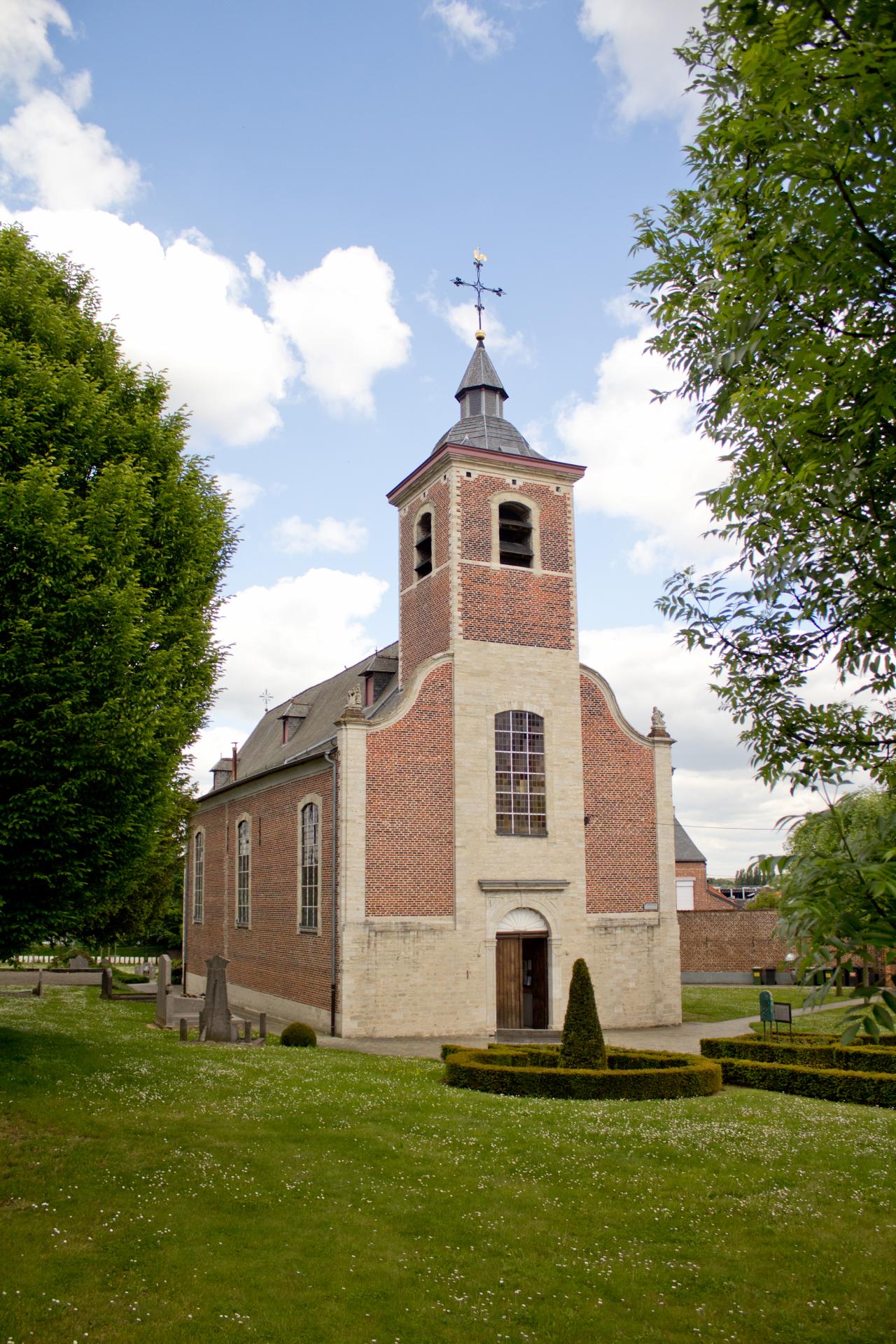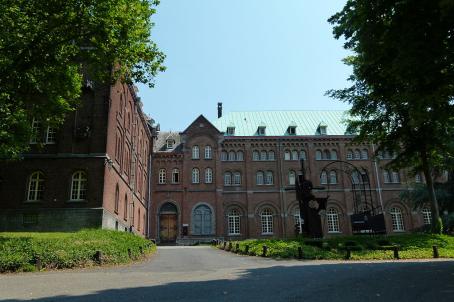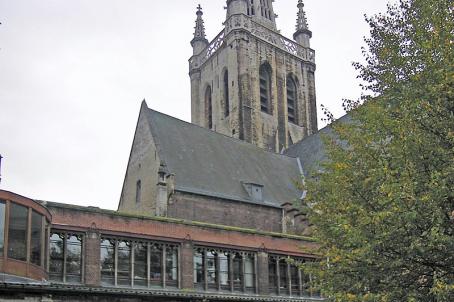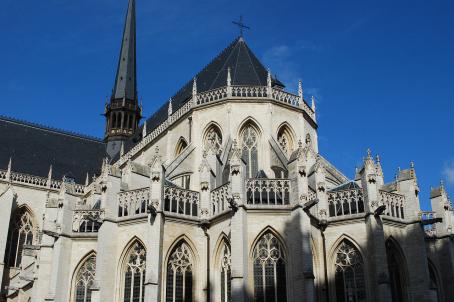Sint-Martinuskerk
Saint Martin's church and cemetery can be found in Wilsele, valuable historical riches in the shadow of Leuven.
About this building
Pastor Bartholomees brought tremendous dynamism to Wilsele in the 18th century. He gained the independence of the Leuven Sint-Pieters Kapittel and gave the young parish a new presbytery and church.
The classical style church was inaugurated in 1777. The church was actually finished in 1745 but due to the state of war the inauguration was delayed. Various refurbishments and restorations have taken place over the years.






